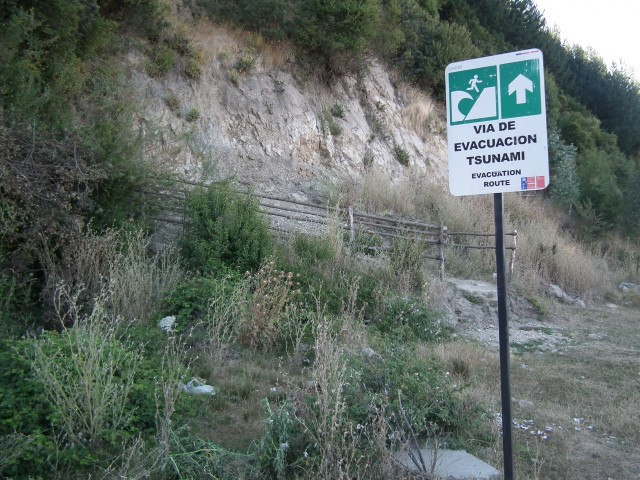17 January 2016
Landslides in Chile Part 1: Arauco
Posted by Dave Petley
Landslides in Chile Part 1: Arauco
I have spent the last week in Chile working with colleagues from the University of Chile and Leeds University, plus Melanie Froude, my post-doctoral researcher at UEA, on our Newton Fund / NERC project on earthquake-induced landslides. Over the next few days I’ll post some images of the landslides that we are studying. One of field areas is in Arauco, about two hours south of Concepcion, which was affected a M=8.8 earthquake on 27th February 2010. This earthquake caused extensive damage, most notably as a result of a tsunami that affected the coastal areas.
As part of our project we are building an inventory of landslides triggered by that earthquake. Our field trip was to look at these landslides and to collect some samples for the detailed testing that is being undertaken at Durham University. The samples are from this set of very interesting coastal landslides:
.
These are steep but shallow landslides that caused damage to the coastal highway. Our main study landslide is the one in the middle. Further around the headland there are some more interesting landslides. This one was initially triggered by the earthquake, but then has reactivated and enlarged, damaging the new road:
.
On the same road there is a section that crosses a much older but very active landslide. This is a soil / earthflow type of slide:
.
This landslide is having a very significant effect on the highway. Most notably, the lower portion has displaced and damaged the retaining wall:
.
.
Dealing with multihazards is very challenging, The coastal communities in this area can be subject to earthquake shaking, tsunamis and landslides. Sometimes the advice that is given to avoid two hazards is mutually contradictory. This is a nice example, where the evacuation route for a tsunami takes the citizens right into the potential path of rockfalls. In the event of a large earthquake this slope is likely to be unstable, with aftershocks bringing material down. The affected population might have a terrible decision to make:







 Dave Petley is the Vice-Chancellor of the University of Hull in the United Kingdom. His blog provides commentary and analysis of landslide events occurring worldwide, including the landslides themselves, latest research, and conferences and meetings.
Dave Petley is the Vice-Chancellor of the University of Hull in the United Kingdom. His blog provides commentary and analysis of landslide events occurring worldwide, including the landslides themselves, latest research, and conferences and meetings.
Estimado
Que ruta es esta? referencias porfavor
Gracias